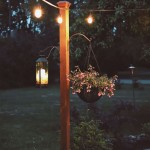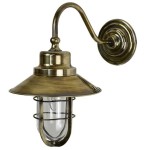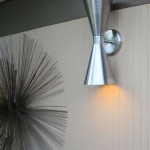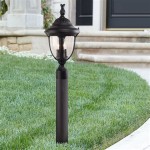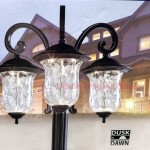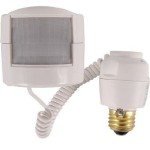Essential Aspects of LED Outdoor Lighting Design Ideas
LED outdoor lighting offers a myriad of benefits, including energy efficiency, longevity, and design versatility. By carefully considering key aspects, you can create an outdoor lighting scheme that enhances the aesthetic appeal of your property while ensuring safety and functionality.
1. Purpose and Functionality
Determine the primary purpose of the lighting. Is it to illuminate pathways, provide security, or create an ambiance? Different areas require specific lighting levels and distribution patterns. Consider the height of fixtures, the beam angle, and the color temperature to achieve the desired effect.
2. Landscape Features
Integrate lighting into your landscaping to highlight architectural features, plants, and water elements. Uplighting can create dramatic silhouettes of trees, while accent lighting can draw attention to sculptures or pathways. Consider using fixtures that blend seamlessly with the surroundings to minimize visual clutter.
3. Lighting Layers
Create a visually appealing and functional outdoor space by layering different types of lighting. Ambient lighting provides overall illumination, task lighting illuminates specific areas, and accent lighting adds drama and interest to focal points. By combining these layers, you can create a cohesive and inviting atmosphere.
4. Color Temperature
Choose the appropriate color temperature for your outdoor lighting. Warm white (2700K-3000K) is ideal for creating a cozy and inviting ambiance, while cool white (4000K-5000K) provides a brighter and more energizing effect. For security purposes, consider using colder color temperatures that enhance visibility.
5. Energy Efficiency
LED lighting is renowned for its energy efficiency. Choose fixtures with high lumen output and low wattage to reduce energy consumption while maintaining illumination levels. Consider using motion sensors or timers to further optimize energy usage.
6. Fixture Selection and Placement
Select fixtures that are durable, weather-resistant, and complement the architectural style of your home. Pay attention to the placement of fixtures to minimize glare and ensure optimal light distribution. Consider using bollard lights for pathways, floodlights for security, and recessed lighting for patios and decks.
7. Smart Lighting Control
Integrate smart lighting control into your outdoor lighting design to enhance convenience, security, and energy efficiency. Smart lighting systems allow you to control fixtures remotely, set schedules, and adjust lighting levels based on ambient light conditions.
8. Maintenance and Troubleshooting
To ensure optimal performance and longevity, regularly inspect your outdoor lighting system. Clean fixtures, replace bulbs as needed, and check for any loose connections. By addressing maintenance issues promptly, you can prevent potential problems and extend the lifespan of your lighting system.
By incorporating these essential aspects into your LED outdoor lighting design, you can create an aesthetically pleasing, functional, and energy-efficient outdoor space that enhances the beauty and safety of your property.

5 Summer Outdoor Lighting Ideas You Ll Love

68 Inspiring Landscape Lighting Ideas For Every Outdoor Space Design Front Yards

19 Stylish Outdoor Lighting Ideas The Best Patio

28 Backyard Lighting Ideas How To Hang Outdoor String Lights

50 Garden Lights Ideas And Designer Fixtures For Your Outdoor Space

Outdoor Garden Decorative Lights

10 Best Outdoor Lighting Ideas Landscape Design Secrets A Piece Of Rainbow
Outdoor Lighting Ideas 10 Designs Architecture Design

Outdoor Landscape Lighting Design Tips Ideas Environmental Designs

50 Garden Lights Ideas And Designer Fixtures For Your Outdoor Space
Related Posts
